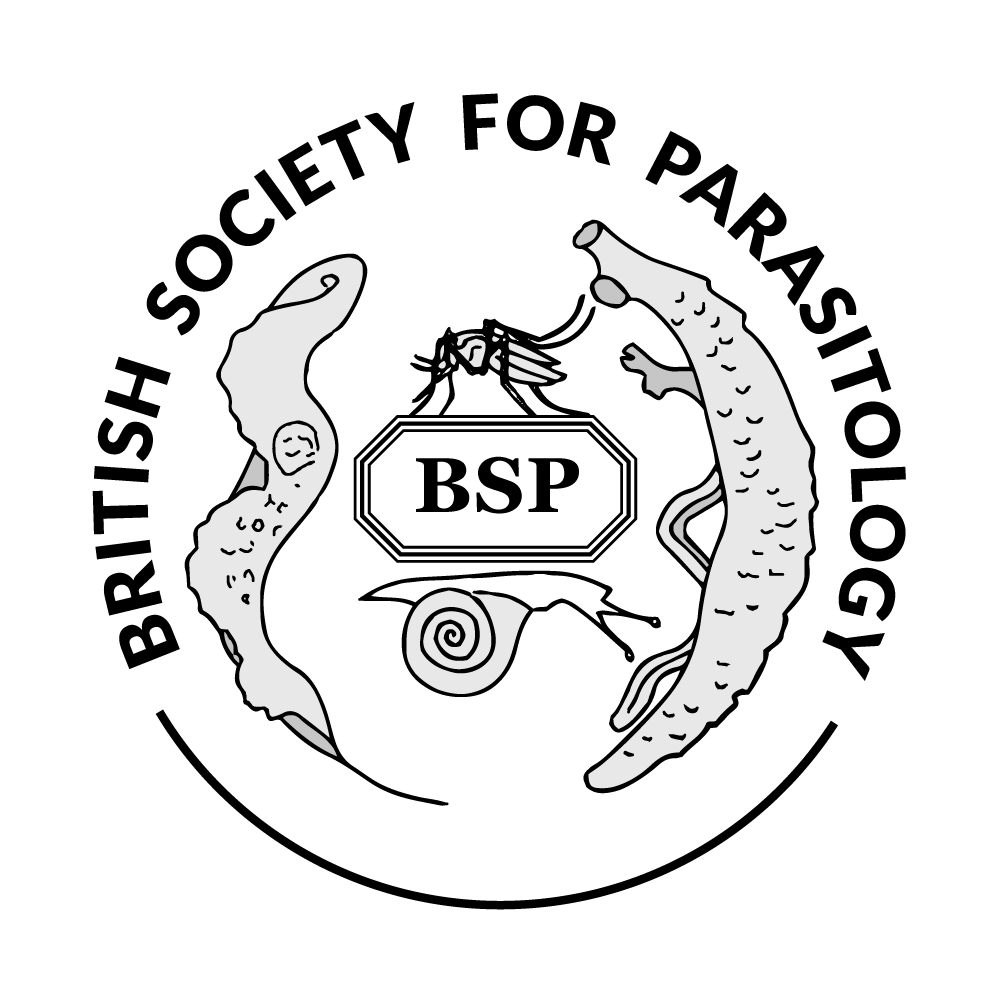

|
Wed4 Sep04:50pm(15 mins)
|
Where:
The Flett Lecture Theatre
Speaker:
|
Methods: A retrospective case-notes review was undertaken of patients presenting to the Hospital for Tropical Diseases from 1998-2018 with S. haematobium ova detected in terminal urine, or on biopsy. Various descriptive and outcome variables were collected. Specific FGS variables included documented gynaecological symptoms and follow up with sexual health and gynaecology specialists. Results from this study were used to develop a clinical pathway to aid diagnosis and management of FGS.
Results: Overall, 186 patients were included, 62 (33.3%) of whom were women. Four women reported a gynaecological symptom (4/62, 6.5%), including genital lesions, pelvic pain and subfertility. One symptomatic woman was referred for gynaecology follow up (1/4, 25%), and two women were lost to follow up (2/4, 50%). Importantly, gynaecological symptoms were not discussed with most women, despite proven S. haematobium.
Conclusions: Given three-quarters of women with S. haematobium infection are estimated to have FGS, there is a wide gap in diagnosis of FGS in this non-endemic setting. To help address this, we developed a clinical pathway to improve diagnosis and management of women at risk of FGS (Figure 1). We suggest specific enquiry about gynaecological symptoms for women with any positive investigation for S. haematobium. Given potential differential diagnoses we recommend a comprehensive assessment including sexual health screen, gynaecology specialist review and urological imaging for all symptomatic women, with follow up to review outcomes. By formalising a pathway, we aim to improve FGS care in this non-endemic setting.